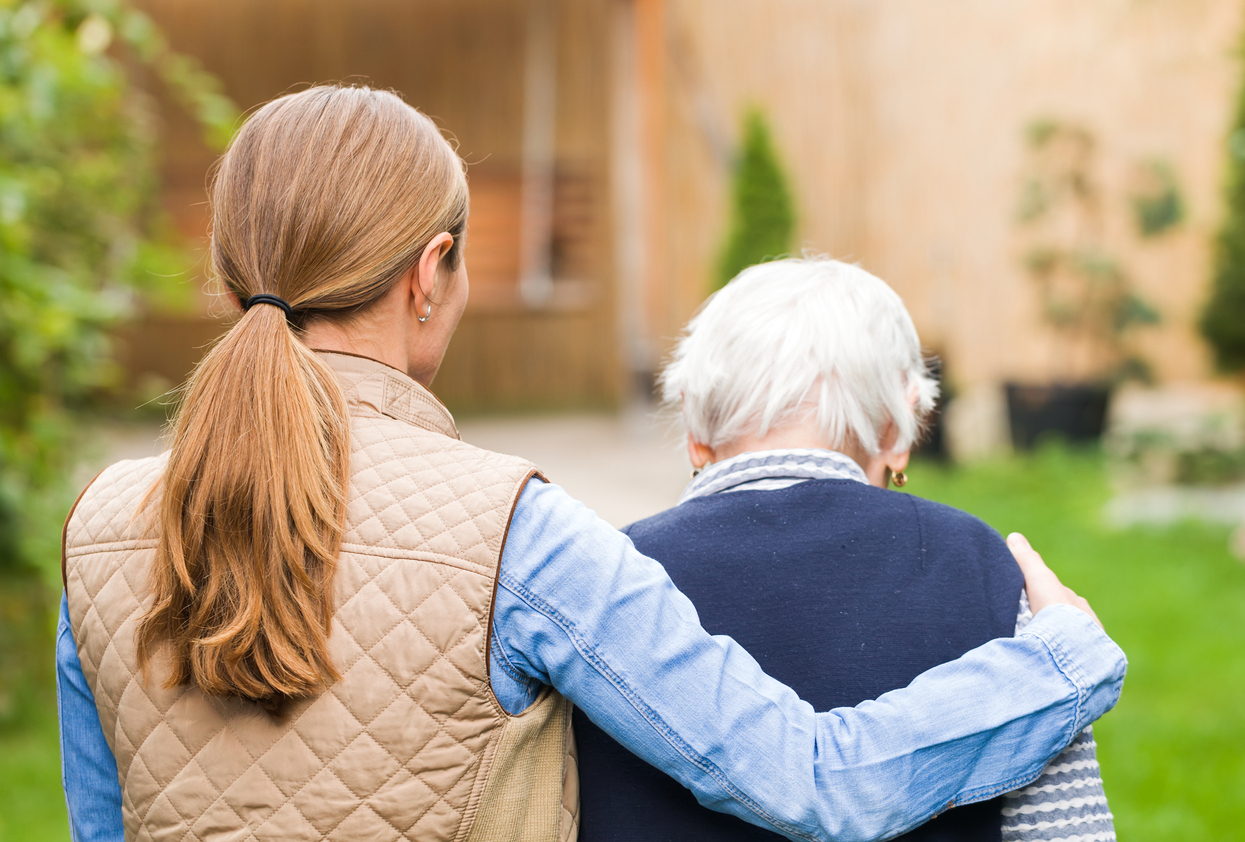If you live an hour or more away from a parent or relative who relies on you for some form of care, you are considered a long-distance caregiver. Managing long-distance caregiving is no easy task. It is stressful and time-consuming and difficult to accomplish without additional help. Being far from your loved one when they need assistance can be draining and, as this role-reversal presents itself, you are thrust into a realm of new responsibilities.
There is no one right method to approach your new role. Every situation is different. But the task of managing long-distance caregiving doesn’t have to be daunting with these helpful tips.
How will I know help is needed?
Regrettably, if your parents need care, they probably won’t tell you when they need help. The last thing they want is to become a burden to their children. Typically, a person will experience a health crisis or a “wake-up call,” triggering the awareness that they need assistance. Barring a sudden health event, difficulties and changes in performing ADLs (activities of daily living) will be a telltale sign that help is needed. Routine ADLs include:
- Bathing and showering
- Personal hygiene and grooming
- Dressing
- Toileting
- Transferring (for example, moving from a chair to the bed)
- Self-feeding
What is my role?
As a long-distance caregiver, you will play the role of information gatherer as well as coordinator of assistance.
As the information gatherer, you can use websites and other resources to locate local community services that specialize in care for older persons or the disabled. You will also gather relevant data pertaining to your loved one. This information will be your go-to resource in the event of an emergency. David York Agency provides an excellent resource in the form of our Essential Documents and Emergency Information Workbook.
As the coordinator of assistance, you will make arrangements for care as well as set appointments. Consult with your loved one to determine their needs in the following areas:
- Meal delivery
- In-home care
- Medical devices
- Transportation
- Help with Medicare/Medicaid claims
- Support groups
- Telephone check-ins
- Financial Assistance
Additionally, David York Agency publishes a handy Essential Documents and Emergency Information Checklist to make your new role more manageable. This checklist provides a place to record pertinent information that will help you determine what your loved one can and can’t do. The AARP also offers a Caregiver’s Checklist that may be of use as well.
Evolving Care
It is never too early to start thinking about the future needs of your loved ones and how you will handle the evolving nature of your caregiving journey. Once you have completed the caregiver’s checklist and determined the wishes and needs of your loved ones, it will be time to speak to professionals in the caregiving industry. Check references and do whatever you can to make things as straightforward as possible for the caregiver. In-home caregivers help with a variety of household and personal tasks and will be in a good position to update you on day-to-day progress.
Remember that you are not alone. An estimated 43.5 million Americans provide care, advocacy, and healthcare navigation for a relative or friend 50+ years or older.
For more information about David York Agency‘s qualified, compassionate caregivers, contact us online or by phone at 718.376.7755. A free phone consultation can help you decide how to provide your loved ones with the assistance they need. If you’d like to hear more from us, please like us on Facebook or follow us on Twitter, Google+, or LinkedIn.







